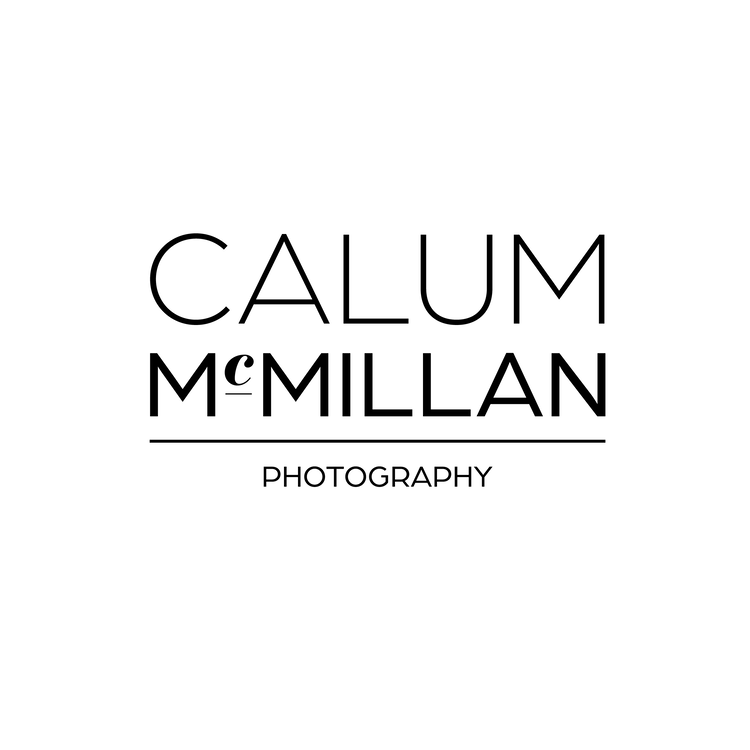I want my photographs to make people feel something. Ideally, something deeply affecting personally, or positive or cathartic. But I’ll also upset total disdain for the photograph as a reaction. My fragile ego just can’t stand the idea of indifference. The gratification of social media typically doesn’t come with any kind of illuminating commentary on the feelings my photographs may cause.
They occasionally encourage entertaining memes though, which is also pretty good.
The Eager Tongue @ Nice 'N' Sleazy, Glasgow // photograph by Calum McMillan
Recently, I photographed The Eagertongue in Nice ‘n’ Sleazy. The performance is an affecting and oppressive blend of harsh noise experiments and spoken word. It’s a challenging sort of thing to shoot. The real effect of the performance is felt, it isn’t seen. With the added difficulty of constant red light, it's even more challenging. A lone figure on stage manipulating a range of pedals on a table, and on occasion, a power drill isn’t the most obviously visually captivating thing in the world.
It's a challenge I'm happy to undertake though. For boring physics reasons, red lights aren't a photographers friend. Even when the lights aren't red, Sleazys is not a photographers friend. There are options to combat this by using a flash, but a flash is hugely intrusive on the performance for both artist and audience. I don't feel that I can what I'm aiming to do, which is to accurately capture the moment. I can't do that when my subjects are totally jolted out of it by an unexpected flash.
The Eager Tongue @ Nice 'N' Sleazy, Glasgow // photograph by Calum McMillan
What I hadn't really anticipated, until I discussed my experience photographing his show with The Eagertongue himself ( or Graham to his mum), was what the moments I was capturing wouldn't be a reflection of the feeling in the room, or the reaction of the audience, but a reflection of the personal nature of performance for the artist.
When looking at my photographs, Graham says he can recall exactly where he was in that moment of performing. In particular, we had an interesting discussion about how the high contrast and deep blacks I applied to photographs when editing enhances the darkness and empty space around him on stage and highlights the intensity of his performance. The stark frozen image of that reflects how he felt during the performance.
The Eager Tongue @ Nice 'N' Sleazy, Glasgow // photograph by Calum McMillan
None of these feelings Graham mentioned had anything to do with my editing decisions. I was aiming for a style that echoed a strength, hence the strong blacks, a sense of being exposed, explaining the overblown highlights in the image, and a feeling of rich texture, which is why I used such a high contrast in the pictures. All of these artistic choices were directly influenced by the feelings I got from the performance, but they don't really line up with the harsher, starker and intimate emotions Graham felt. And yet, the same photographs inspired by totally different feelings accurately echoed how he felt.
It hadn’t ever really occurred to me that I could capture how the performer feels. As I said earlier, I’ve always tried to capture moments that provoke a reaction, but that isn’t the same thing as being a conduit for the emotion of that moment itself. Again, I’ve been forced to confront my own creative process by documenting, and discussing someone else's process, despite the fact their discipline is totally different from mine.









